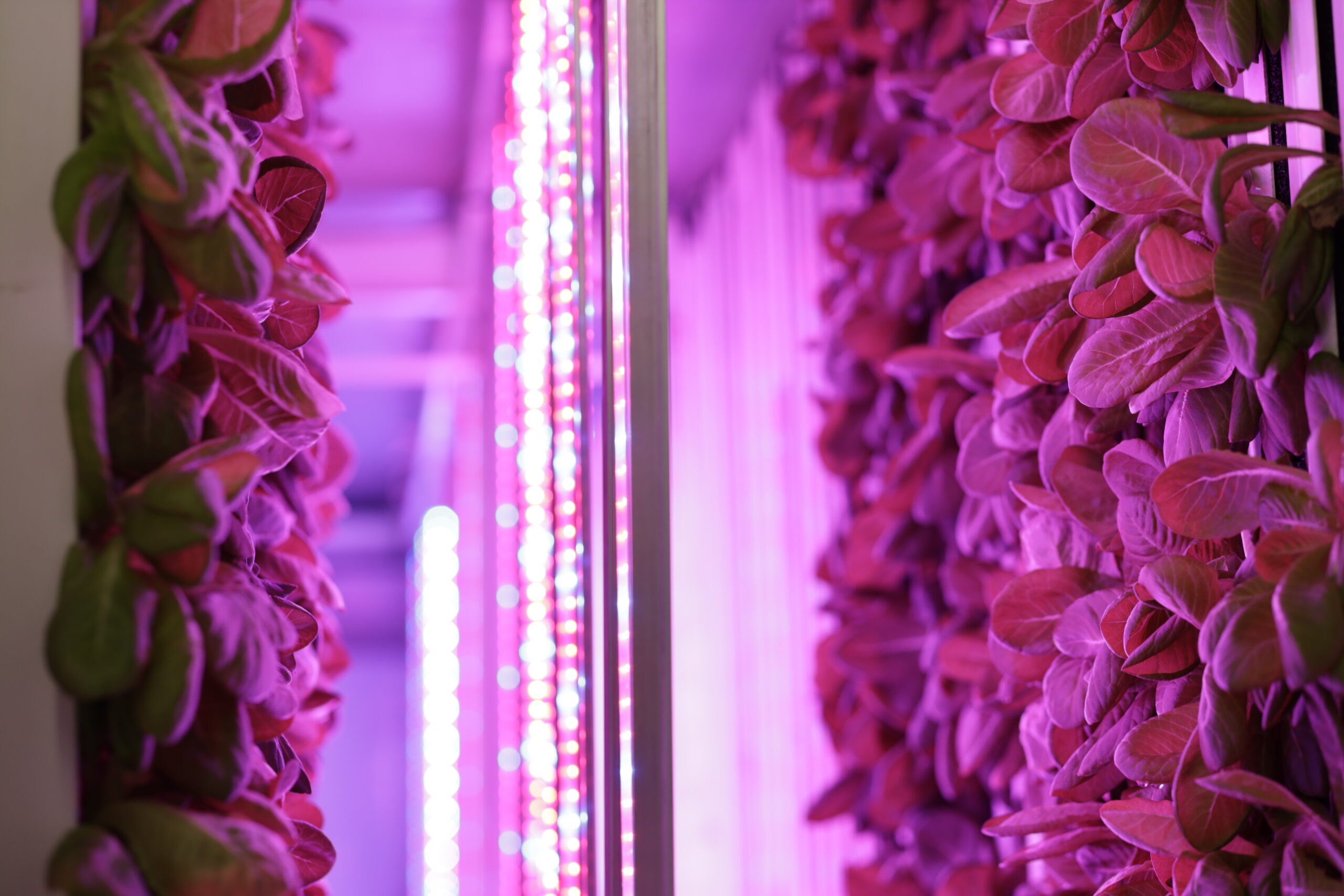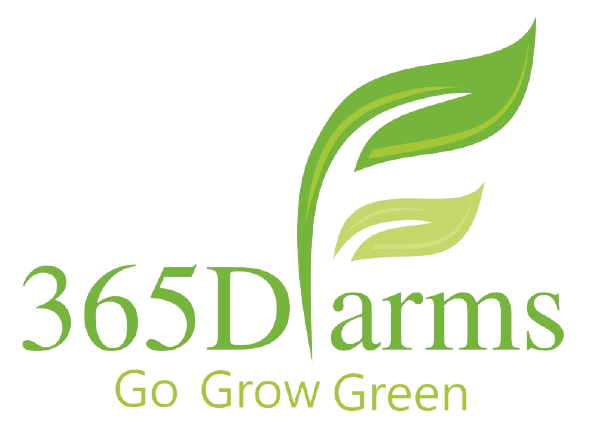
Importance of lighting in Hydroponics
Are you struggling to get the most out of your hydroponic garden? Have you considered the impact that lighting could have on your plants’ growth and development? Lighting is a crucial aspect of hydroponic gardening, yet it is often overlooked or misunderstood. In this blog post, we will explore the importance of proper lighting in hydroponics and how it can make all the difference in achieving a successful harvest. From different types of lights to how they affect plant growth, read on to discover why lighting should be at the top of your list when setting up your own hydroponic system!
What is hydroponics?
Hydroponics is a method of growing plants in a water-based solution. The plants are typically grown in a closed system, which means that they are not exposed to soil or other outside elements. Instead, the roots of the plants are submerged in a nutrient-rich solution. This solution provides the plants with all the nutrients they need to grow and thrive.
One of the most important aspects of hydroponics is lighting. Without adequate lighting, the plants will not be able to photosynthesize and produce the food they need to survive. Lighting also plays a role in regulating the temperature of the system, as well as providing light for the plants to see their way around.
There are many different types of lights that can be used for hydroponics, but not all of them are created equal. The best lights for hydroponics are those that emit a full spectrum of light, including both ultraviolet (UV) and infrared (IR) wavelengths. These lights provide the plants with everything they need to grow healthy and strong.
lighting in Hydroponics
Lighting is one of the most important aspects of hydroponic gardening. Without proper lighting, your plants will not be able to photosynthesize and produce the food they need to grow.
There are a few things to consider when choosing lighting for your hydroponic garden. First, you need to decide what type of light you want to use. There are many different types of lights available on the market, including fluorescent, metal halide, and LED lights. Each type of light has its own advantages and disadvantages, so you will need to do some research to figure out which type is best for your needs.
Once you have decided on the type of light you want to use, you need to figure out how much light your plants will need. This will depend on the type of plants you are growing and the size of your garden. You will also need to consider the amount of time you want to spend in your garden; if you only have a few hours a day to devote to your garden, you will not need as much light as someone who can spend all day in their garden.
Once you have an idea of how much light your plants will need, you can start shopping for lights. There are many different brands and models of lights available on the market, so it is important to do some research before making a purchase. You should also compare prices between different retailers to make sure you are getting the best deal possible.
The role of lighting in hydroponics
Lighting plays a critical role in hydroponics, as it is the primary source of energy for plants. Lighting can be used to regulate the growth and development of plants, as well as to provide supplemental light for photosynthesis.
Lighting can be used to control the length of the day, which can impact the growth rate of plants. For example, shorter days with more light will encourage quicker growth, while longer days with less light will result in slower growth. This makes lighting an important tool for growers who want to control the size and shape of their plants.
In addition to regulating plant growth, lighting can also be used to provide supplemental light for photosynthesis. Many hydroponic systems use artificial lighting, such as fluorescent or LEDs, to provide this supplemental light. This supplemental light can help increase yields and improve plant health.
Different types of lighting for hydroponics
There are many different types of lighting that can be used for hydroponics, and the type of lighting that you use will depend on the type of plants that you are growing and the stage of growth that they are in. Some of the most common types of lighting that are used for hydroponics include fluorescent lighting, high-intensity discharge (HID) lighting, and light-emitting diode (LED) lighting.
Fluorescent Lighting: Fluorescent lighting is one of the most popular types of lighting for hydroponics because it is relatively inexpensive and it emits a lot of light. Fluorescent lights come in two different varieties: tube lights and compact fluorescent lights (CFLs). Tube lights are more commonly used for hydroponics because they emit more light than CFLs, but CFLs are more energy-efficient.
High-Intensity Discharge Lighting: HID lights are more expensive than fluorescent lights, but they emit a lot more light, which is ideal for plants that are in their flowering stage. HID lights come in two different varieties: metal halide (MH) and high-pressure sodium (HPS) lights. MH lights emit a bluish light, while HPS lights emit an orange/red light. Both MH and HPS lights should be used with a reflector to maximize the amount of light that reaches the plants.
Light-Emitting Diode Lighting: LED lights are becoming increasingly popular for hydroponics
How to choose the right light for your hydroponic system
Hydroponics is a soilless method of growing plants. Plants are grown in a nutrient solution instead of soil. The word “hydroponics” comes from the Greek words “hydro” meaning water and “ponos” meaning labor.
There are many different types of hydroponic systems, but they all have one thing in common: they need light. Without light, plants cannot photosynthesize and grow.
So, how do you choose the right light for your hydroponic system? Here are some things to consider:
1. The type of plants you are growing: Different plants have different light requirements. For example, leafy greens like lettuce and spinach need less light than fruiting vegetables like tomatoes and cucumbers.
2. The size of your grow area: The larger the grow area, the more light you will need to provide.
3. The intensity of the light: Not all lights are created equal. Some lights, like LED lights, emit more intense light than others. This is something to consider if you are growing plants that require a lot of light or if you have a large grow area.
4. The duration of the light: In general, plants need around 16 hours of light per day in order to grow properly. However, some plants (like succulents) can tolerate less light than others (like tomatoes).
Conclusion
In conclusion, lighting is an essential part of hydroponic gardening. Proper lighting will ensure that your plants are healthy and thriving, and it is important to be mindful of the type and amount of light you use for different types of crops. Additionally, using LED grow lights can save energy as well as money in the long run. By taking into account all these factors, you will have a successful hydroponic garden.


